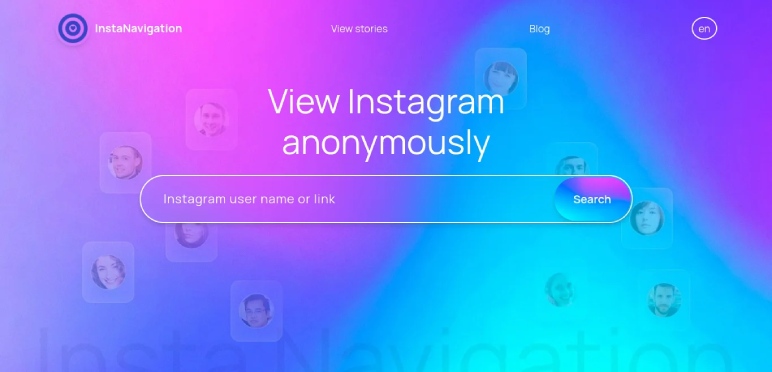In today’s fast-paced world, the demand for instantaneous services has soared, and navigation is no exception. Traditional GPS-based navigation systems have significantly evolved, offering real-time guidance but still with minor lags and occasional inaccuracies. Instanavigation, as a futuristic concept, aims to revolutionize this experience by pushing the boundaries of speed, accuracy, and usability in navigating the physical world.
Core Components of Instanavigation:
Ultra-Fast Processing:
- Instanavigation relies on cutting-edge processing power, leveraging quantum computing or other advanced computational paradigms to instantly calculate routes and deliver directions. These systems operate in real-time, providing instantaneous responses to changes in routes or traffic conditions.
AI-Powered Predictive Algorithms:
- Harnessing the capabilities of artificial intelligence (AI), instanavigation systems analyze vast amounts of data, including historical traffic patterns, weather conditions, and real-time user behavior, to predict the most efficient routes. Machine learning algorithms continuously improve accuracy based on user feedback and environmental changes.
Integration of Augmented Reality (AR):
- Instanavigation could incorporate AR overlays onto the physical environment, offering intuitive and immersive guidance. AR glasses or heads-up displays provide real-time directions, making navigation hands-free and enhancing situational awareness by overlaying digital information onto the real world.
Multi-Modal Navigation:
- This system seamlessly integrates various modes of transportation, including walking, driving, public transit, biking, or even future modes like flying taxis or hyperloop travel. It optimizes routes by considering multiple transport options and facilitates smooth transitions between them.
Secure and Privacy-Centric Design:
- Ensuring user privacy and data security remains a fundamental aspect of instanavigation. Advanced encryption methods and decentralized storage mechanisms protect user information while still providing personalized navigation experiences.
Environmental Adaptability:
- Instanavigation adapts to dynamic environments, such as construction sites, natural disasters, or changing traffic conditions due to events. It constantly updates and recalculates routes in response to real-time changes, ensuring users are always on the most efficient path.
Applications of Instanavigation:

Urban Mobility:
- In cities, instanavigation revolutionizes commuting, minimizing congestion and travel time. It recommends the fastest routes, optimal modes of transportation, and parking spots in real-time, thereby reducing overall traffic volume.
Emergency Services:
- Emergency responders benefit from instanavigation’s ability to quickly identify the best routes to accident sites or emergencies, potentially saving crucial time in life-threatening situations.
Logistics and Delivery:
- Logistics companies optimize delivery routes and schedules, enhancing efficiency and reducing carbon footprints by minimizing travel distances and idle time.
Tourism and Exploration:
- Instanavigation transforms the tourism experience by providing immersive, guided tours and detailed information about landmarks, historical sites, and points of interest in real-time.
Outdoor Activities:
- Enthusiasts engaging in outdoor activities like hiking or camping benefit from accurate, real-time navigation in remote or challenging terrains.
Challenges and Ethical Considerations:
Reliability and Trust:
- Achieving absolute accuracy and reliability in instanavigation systems remains a challenge, as technical glitches or errors could lead to potentially dangerous situations.
Data Privacy:
- As these systems collect vast amounts of user data, ensuring stringent privacy measures and ethical use of personal information becomes crucial.
Equitable Access:
- Bridging the digital divide to ensure equal access to such advanced navigation technologies for all socio-economic groups is essential to prevent further disparities.
Environmental Impact:
- Increased reliance on navigation systems could lead to greater energy consumption and environmental consequences, warranting sustainable design considerations.
Conclusion:
Instanavigation embodies the pursuit of instant, accurate, and adaptive navigation solutions. While this concept presents exciting possibilities for the future, its realization demands a holistic approach considering technological advancements, ethical considerations, and societal impacts. The convergence of cutting-edge technologies, AI-driven algorithms, and user-centric design principles may pave the way for a new era in navigation, transforming how we traverse and interact with the world around us.
Read Also:
- How To Use Ingramer?
- How To Delete LinkedIn Account?
- How To Hide Followers On Instagram?
- How To Use Dumpor Instagram Viewer?


